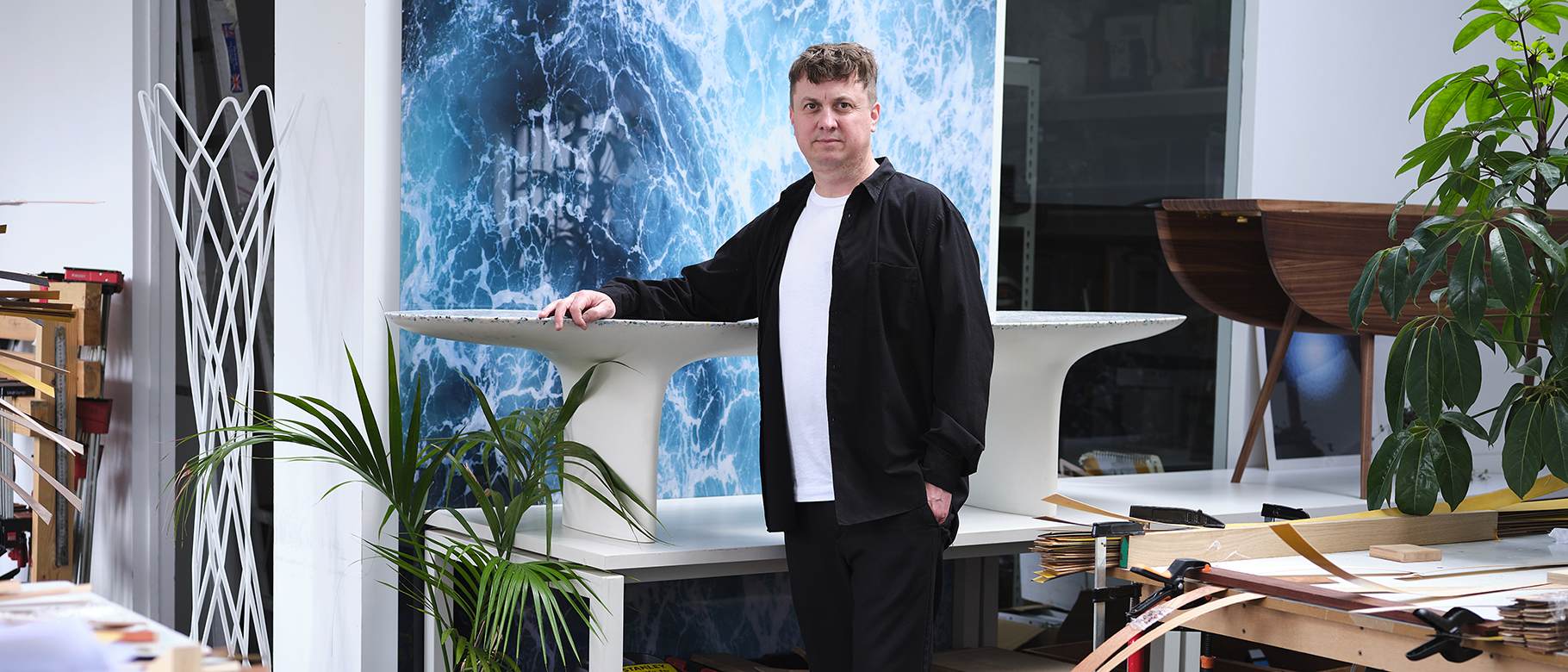

Brodie Neill’s furniture boasts a striking purity of form, but, to borrow from Walt Whitman, it also contains multitudes. He takes natural, often neglected materials, like old, bitumen-stained parquet flooring or corroded plastic fragments, and transforms them into exquisitely clean furniture designs with flowing lines and the softest of textures. His works are extremely polished, but they always highlight the imperfections in our society, commenting on wastefulness or pollution, and they do their part for the planet in the process.
Highlights include his Re:Coil table, which is painstakingly formed from Tasmanian ‘hydrowood’ veneer. Essentially, submerged ancient trees harvested from the bottom of reservoirs. “If the trees were left under water indefinitely they’d release their carbon into the water,” Neill explains. “By harvesting the trees and reconditioning the wood, and turning it into furniture, we can sequester and lock away the carbon indefinitely.”
Even more impressive is Neill’s use of another material of his own design, Ocean Terrazzo. It’s made from fragments of ocean waste plastic cleared from Tasmanian beaches, and set in resin, which, when polished, creates a kaleidoscope-like terrazzo surface. He had the idea in 2015, and after a year of development, released his Gyro Table at the inaugural London Design Biannale the following year, in an exhibition that turned no small amount of heads.



From his studio in Haggerston, east London, Neill continues to experiment with organic materials and elevated forms – using techniques both traditional and boldly modern. As well as good old fashioned sketches, he also works with his studio team using CAD and digital algorithms to identify shapes, forms and patterns that the human eye (or brain) would struggle to compute alone. As Neill puts it: “It’s about mixing artisanal craft and digital technology to get the very best out of a material.”
With his work in museums and galleries around the globe, including the National Gallery of Victoria, AMA Collection in Venice and RISD Museum in the USA, and collaborations with brands including Riva 1920, Kundalini, Swarovski, Microsoft, Mercedes-Benz and Alexander McQueen to his name, it’s hard to predict where Neill will go next. Whatever he does, you can guarantee it’ll thought-provoking.
Here, he talks us about his passion for the natural world, his fascination for circular design and why he creates “objects of hope”.
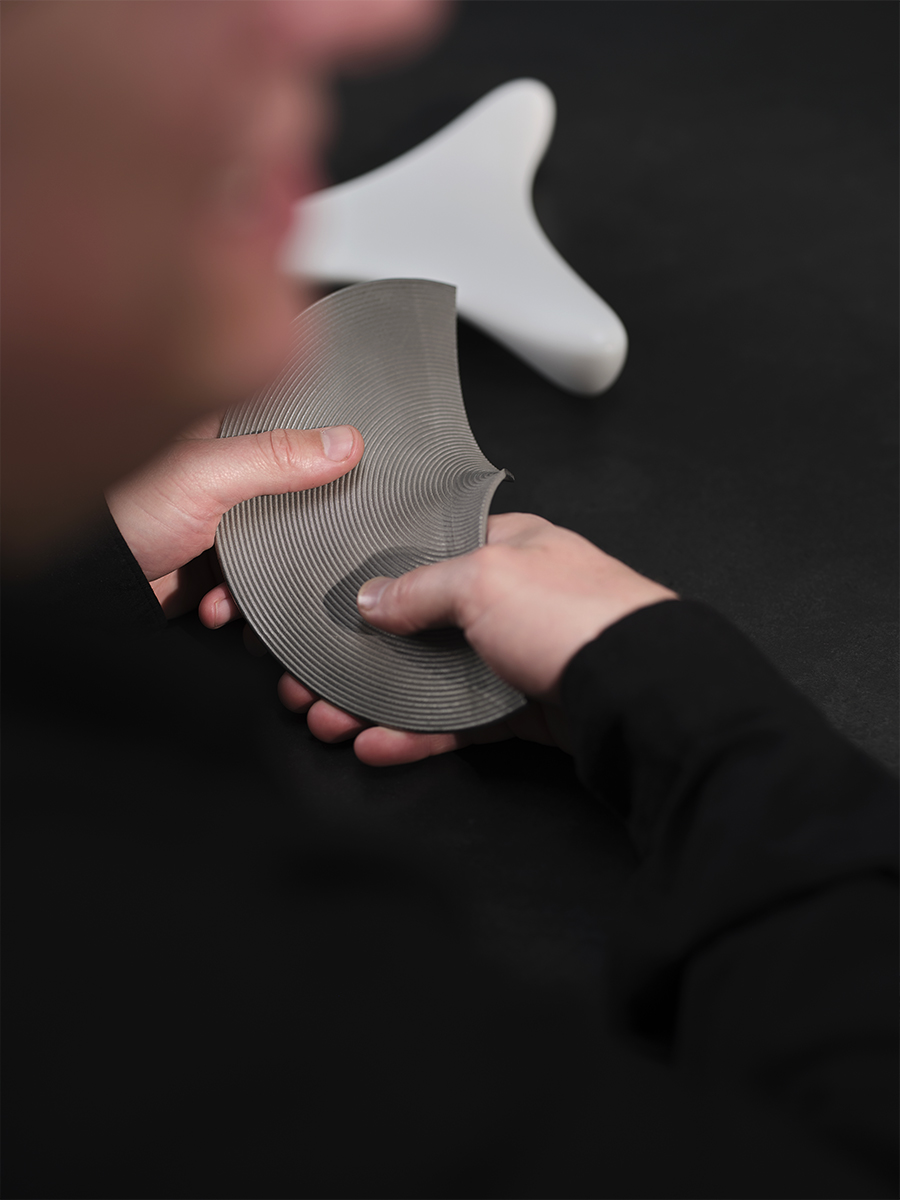
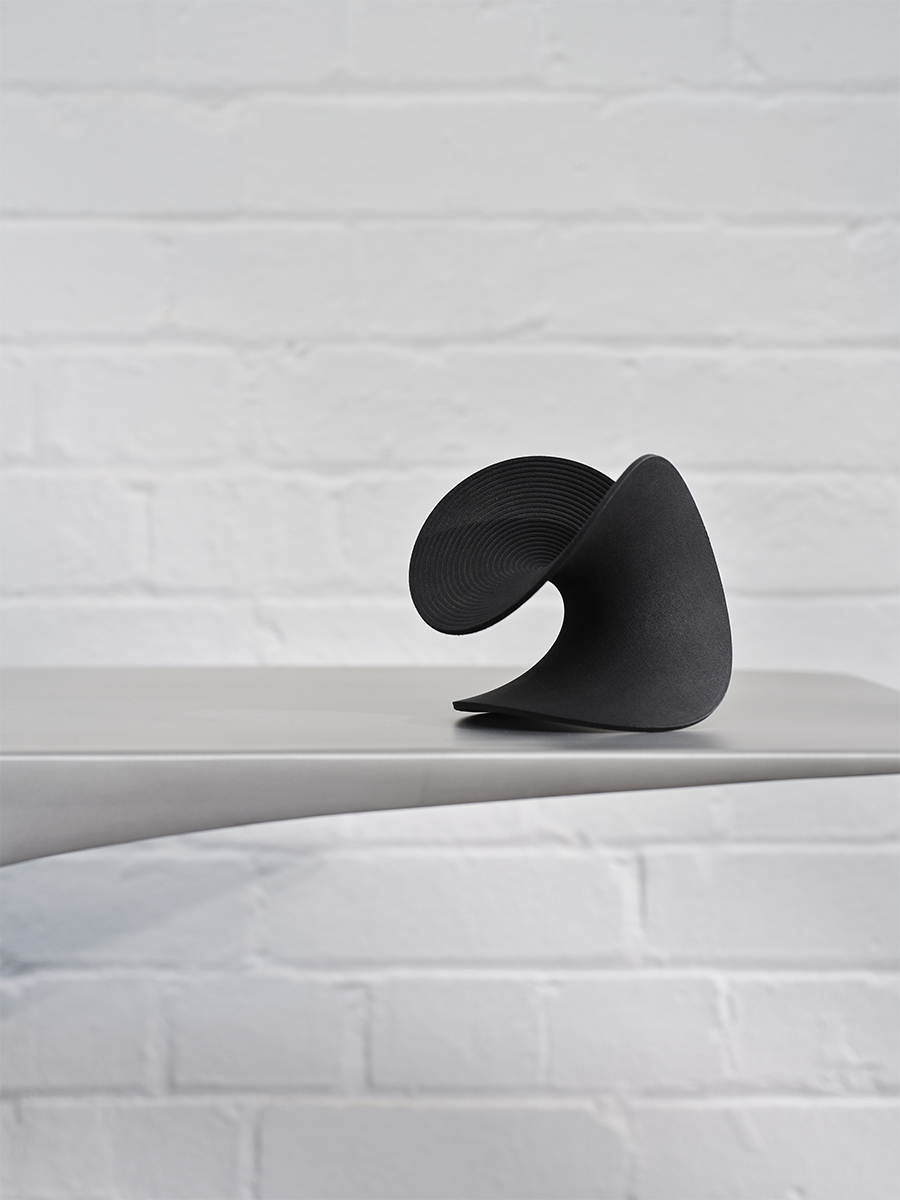
My interest in the natural world emerged at a very early age. Growing up in Tasmania, and learning how to make furniture there, you’re surrounded by wilderness. I started to make furniture around 12 or 13 years old, using tools I borrowed from my grandparents. In that context, it’s in your DNA to be very respectful and also aware of your responsibly to the natural materials our society works with.
I’m a sustainable designer, but it’s a buzzword I try to avoid. Really, I think ‘circular’ is a better term. The reason I use old or recycled materials is simple – if I don’t use old material, the alternative is to go to a merchant and buy new material, and the costs that come with that can be huge. When I came up with the idea for Ocean Terrazzo, I was standing on a beach at home in Tasmania that I used to play on as a child and it was littered with pieces of plastic.
I thought, “here’s a material that’s extracted from fossil fuels, causing great harm and waste in the process, transported across the world, refined, turned into a plastic object, transported again somewhere, used in seconds, and discarded.” I knew I had to find a way for these waste materials to find their way back into a circular system.
I don’t know why our society sees plastic as so disposable. Maybe it’s because it’s inexpensive, or because it just tends to package other things. Either way, this is a flawed idea. What makes plastic different to metal or glass? We need to think about all these materials as holistically, and be much more conscious of how we use them in the process.
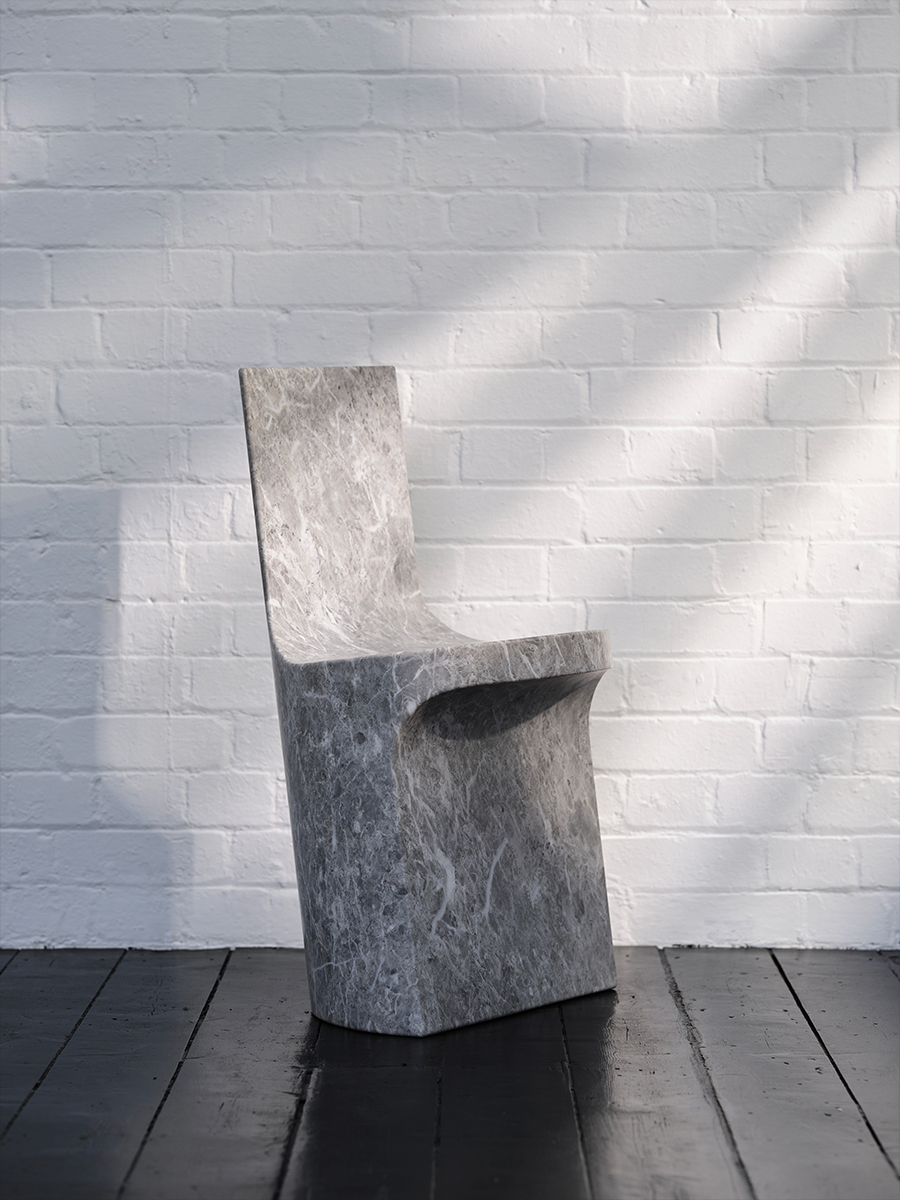

When someone connects with one of my pieces I want them to understand the scale of the problem, but also that there’s an alternative. In the case of a piece like the Gyro table, it very much puts you face-to-face with the horror of ocean plastic pollution.
My work is all about objects of hope. They’re not objects of doom and gloom. Yes, they draw attention to the problems of consumption we’re dealing with today, but they also show the opportunities we have to reuse or elevate waste materials. Historically, we’ve seen plastics as disposable. If we can change our relationship with it, then we’re at a real turning point.
A successful design is one that resonates with people, both in terms of its given form, and in any kind of message it’s trying to communicate. If your creation can ignite an emotion or provoke a response in someone else, then that’s a success to me.
Explore more of Brodie’s work at brodieneill.com
Photography by Tom Bunning
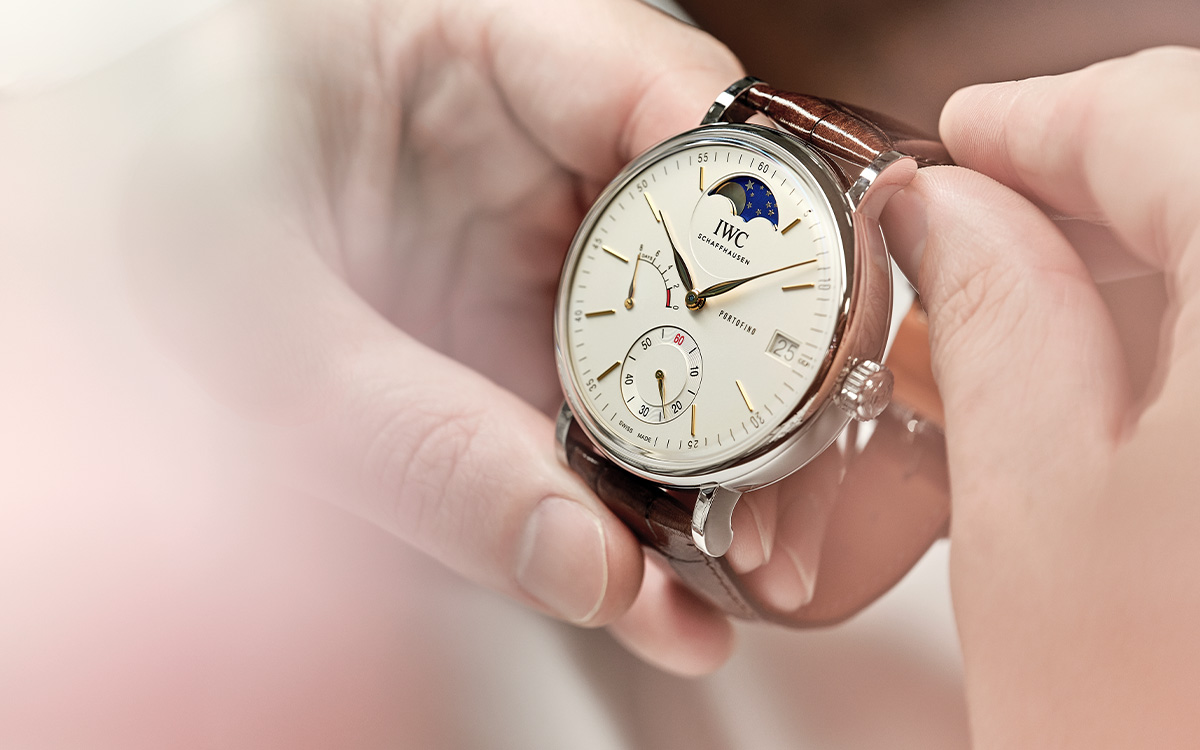
A watch lover’s guide to IWC Schaffhausen

Craft Works: Kim Dolva
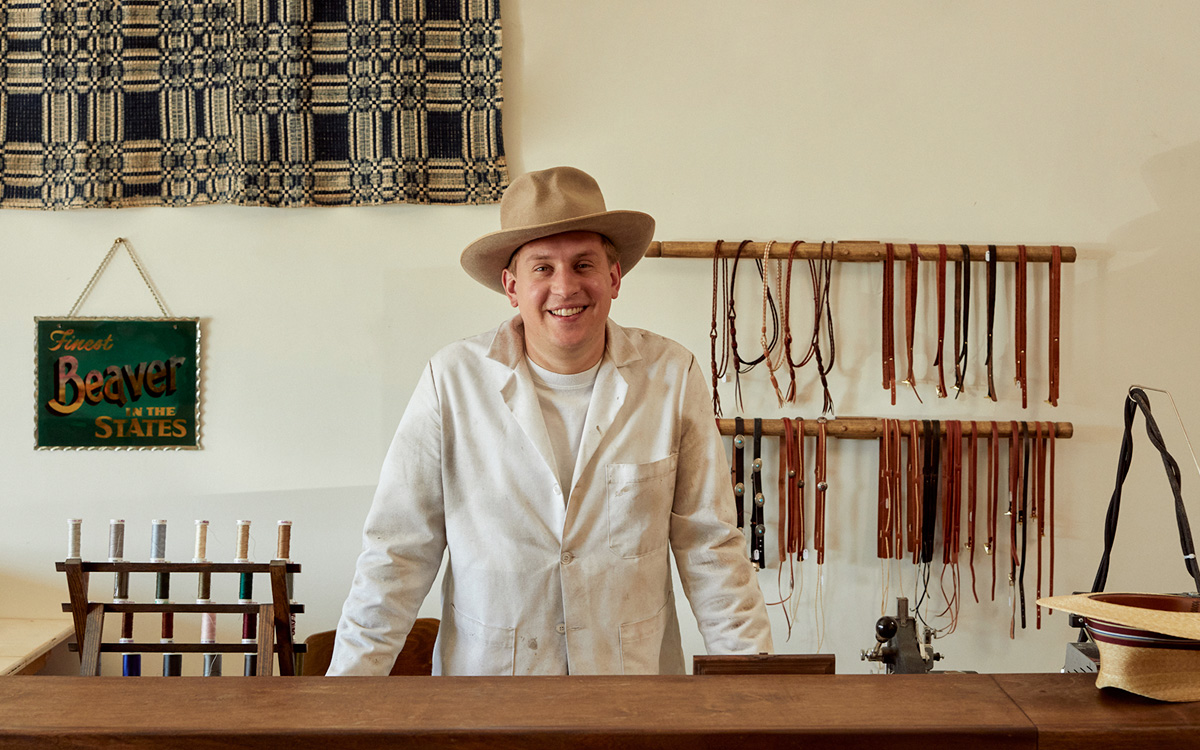
Inside the Wellema Hat Co.
Cotonificio Albini S.p.A. - Via Dr. Silvio Albini 1, 24021 Albino (BG) – Italy
Società con unico socio - diretta e coordinata da Albini Group S.p.A.
P.I. 01884530161 - C.F. 08743540158 - Iscritta al Registro Imprese di Bergamo - REA 244649
Capitale sociale sottoscritto e versato € 11.170.960